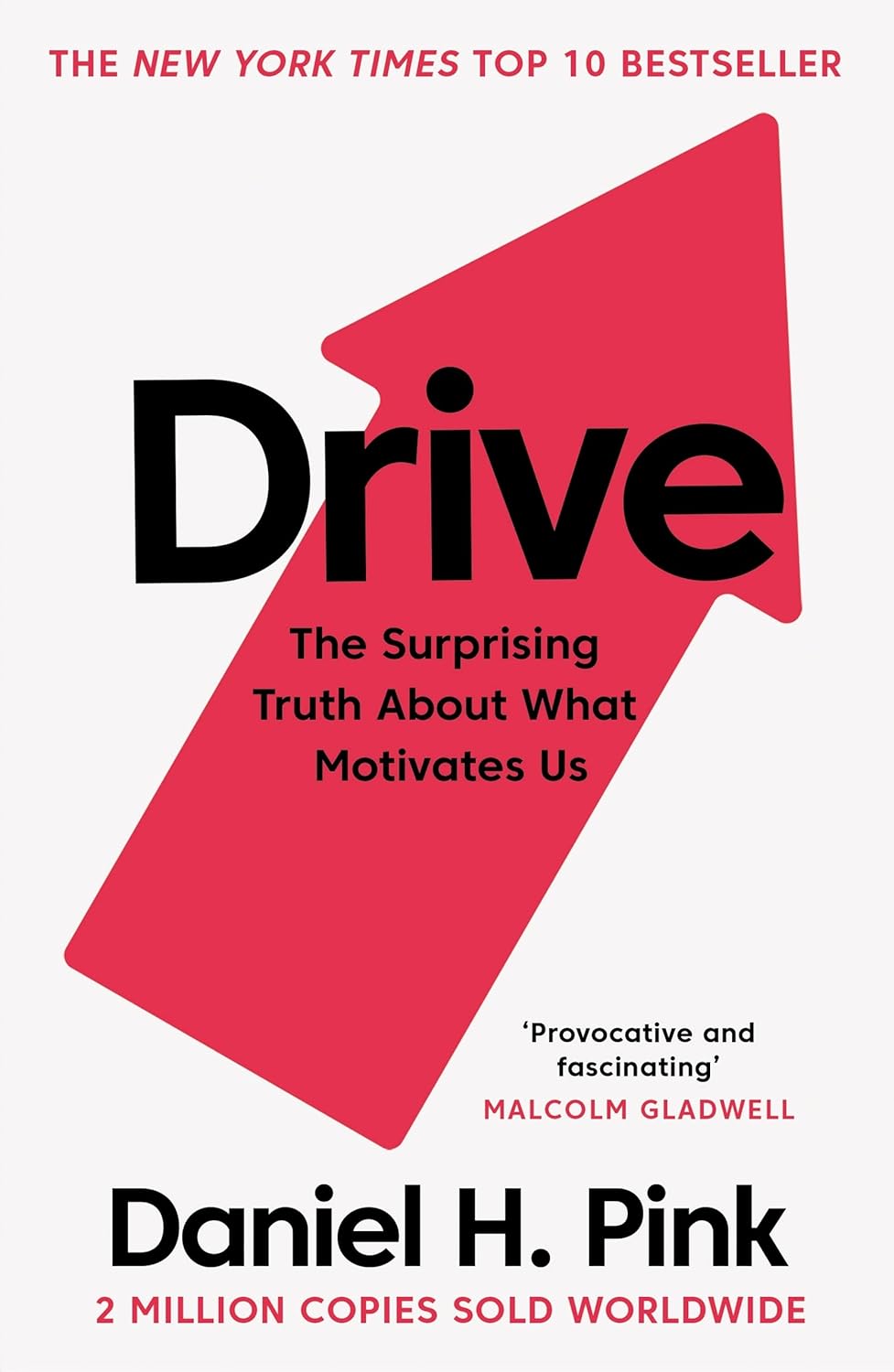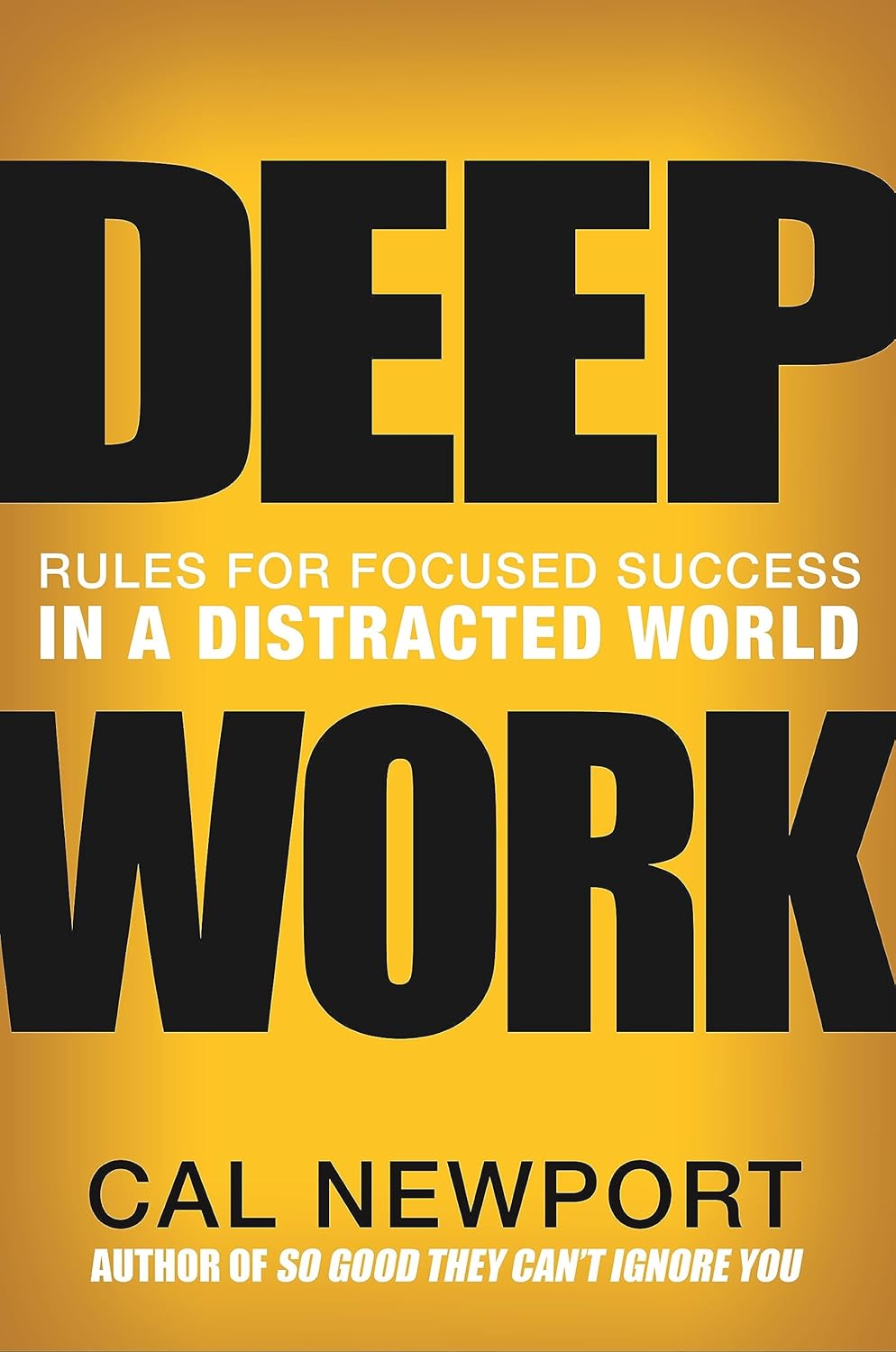Deep work is a skill that enables you to perform complex tasks with full concentration and without distractions. In the age of digital noise, it is becoming increasingly valuable for those who strive for quality, productivity, and professional growth. In this art
Best practices for onboarding to PM systems
Why do teams sabotage the implementation of new work tools, even when they're objectively better? The problem often isn't the technology—it's how people experience change. This article offers a step-by-step strategy: how to prepare your team, launch the system without overwhelming them, and transform the tool into part of your culture rather than just another failed project.
Key takeaways
Without personal benefit, people will sabotage implementation
"One habit per day" onboarding reduces overload and accelerates adoption
Rituals + recognition transform tools into cultural elements
Why teams resist
- Cognitive inertia and hidden skepticism. When benefits aren't immediately clear, employees stick with familiar methods. Even the best tools become mere formalities.
- Information noise. Simultaneous initiatives create confusion. The new system gets lost among other "priorities."
- Unclear value proposition and metrics. Without a clear "why" and understandable KPIs, people perceive implementation as management whim and prepare for failure from the start.
- Lack of leadership support. When leadership doesn't participate personally, employees read the signal: "Nobody really cares." Change requires visible leadership.
- Training overload. Long training sessions don't work. Teams learn better through short formats and peer support.
Soft launch prep
1. Readiness audit. Conduct a brief survey covering digital literacy, pain points, and communication channels. This helps identify resistance and vulnerable processes early.
2. Champion network. Designate 5-7 respected employees, giving them up to 50% of their time as "change ambassadors"—they test, gather feedback, and share successes.
3. Value Pitch (WIIFM - What's In It For Me). Create a one-slide pitch covering:
- Problem (duplicate tasks)
- Solution (unified tool)
- Personal benefit (30 minutes less in meetings)
4. Pilot + shadow launch. Run a pilot on one project while maintaining the old process in parallel. Mistakes don't derail deadlines, and the team sees the "before/after" effect.
5. Quiet windows. Choose days with minimal workload and schedule the launch accordingly. This reduces stress and increases engagement.
Training and launch
1. Launch with a 60-Minute "Zero-Day Kick-off". Online session in "show-and-tell" format:
- 10 min — CEO/founder demonstrates personally creating a task
- 15 min — live demo of key scenario
- 20 min — participants complete first assignment in pairs
- 15 min — Q&A
Simultaneous involvement of top management and hands-on practice sets the pace and normalizes asking questions on the spot.
2. Teach using the 10×10 principle. Series of ten 10-minute micro-modules (screencast + cheat sheet + short quiz).
3. Embed "Integrators" before people forget. Immediately after each module, participants perform a small practical action in a live project: assign a task, set a deadline, attach a file.
4. 30-60-90 day progress map
- Days 0-30: Complete basic scenarios (create, accept, close tasks)
- Days 31-60: Connect automations (templates, reminders)
- Days 61-90: Collect first sprint completion time metrics
This map serves as the "skeleton" for building further project management system onboarding. It also helps capture initial success stories for internal communications and future scaling.
5. Create safe sandbox and FAQ chat. Separate test project for experiments + chat in Slack/Teams where "champions" respond within an hour. People learn without fear of "breaking prod" and quickly turn questions into knowledge.
First steps
1. One day, One habit. Plan the first 10 days: each day focuses on one scenario (create task, assign executor, attach file). This reduces overload and builds habits.
2. Immediate value. Every action should demonstrate benefit: faster, clearer, more convenient. If there's no benefit from day one, users won't return.
3. Feedback = Participation. Create a feedback channel—and actually respond. Complaint about a confusing button? Add a tooltip. This way employees feel: this is their process.
4. Small wins. Show concrete successes: "Closed sprint early," "Briefs no longer get lost." This builds trust and motivation.
5. Don't abandon the system after launch. Formal launch isn't the finish line. Essential activities include:
- Publishing short updates
- Simplifying access (SSO, Slack integration)
- Embedding the system into daily processes
If teams haven't reverted to old habits after 2 weeks, implementation has succeeded.
Working environment
When does a platform stop being just "another tool" and become truly yours? Not after the first login or even after training. Real adoption happens when employees no longer notice what exactly they're using—because it's become muscle memory.
It all starts with routine actions. The new system must fit into everyday life:
- Open up—check tasks
- Write a comment—directly in the card
- Work on a project—mark deadlines in the interface
This isn't bureaucracy. This is digital hygiene. That invisible structure that saves dozens of hours and removes the burden of remembering everything manually.
Then comes culture. When rules become natural, the next level kicks in—internal motivation. Someone discovers a new trick and shares it in chat. Another optimizes the board for their department. Small initiatives accumulate. The team stops being "users" and becomes co-creators of the system.

This is when to encourage. Public thanks for implementing a feature, symbolic gifts for "best template of the month," a dedicated board with success stories.
Finally, your own story. Almost every team has a day when the system really saves a project. It reminds about a deadline, gathers necessary files in one place, identifies overload before a breakdown occurs.
These episodes aren't minor details. They're the moments after which nobody wants to go back.
When the system helps a team survive a difficult launch, navigate turbulence, or simply free up time for meaningful work—it becomes not just a tool, but part of their identity.
Maintaining engagement
After launch, it's crucial not just to "turn on" the system, but to embed it into daily work. Login metrics tell only part of the story—evaluate who's actually creating and closing tasks and interacting with boards. Engagement metrics (like the percentage of tasks created in the system and time to completion) reveal who's truly working versus nominally present.
- Make the platform part of daily processes: syncs only cover tasks from the system, documents live in cards, retrospectives use dashboard data. This creates new work norms rather than additional burden.
- Regularly showcase real results: "15 tasks in 2 days," "Zero overdue items," "Project with full transparency." Focus on the team, not the system—this amplifies motivation.
- Support should be timely and clear: task templates, auto-reminders, quick help from "guides," not just IT. This makes the system convenient rather than imposed.
Most importantly, show that success became possible because of the platform, not despite it. This helps cement trust and maintain momentum after the initial weeks of implementation.
Interesting fact 
Toyota was one of the first companies to implement a step-by-step employee training approach when transitioning to lean manufacturing. Instead of long training sessions, they taught employees one new action per day. This method enabled a smooth rollout of the new system at all levels and laid the foundation for the famous Toyota Production System (TPS).
Related articles:
To establish physical boundaries, check out Parenting and remote work Balancing family and productivity.
To improve company focus, explore Build a strong remote work culture.
For tips on boosting productivity, read Remote work in real time.
Conclusion
Successful implementation isn't about instructions and features. It's about trust, engagement, and respect for the team's time. When you approach launch not as a checklist item but as a dialogue that understands rhythm, habits, and internal resistance, the platform starts working for people, not instead of them.
A project management system is a relationship. And it's precisely this relationship that makes it alive.
Recommended reading 

“Switch: How to Change Things When Change Is Hard”
A simple "Elephant–Rider–Path" model for changing habits in people and organizations.
On Amazon
“Accelerate: Building and Scaling High Performing”
Research-based DevOps performance metrics and practices that drive results.
On Amazon
“The Phoenix Project: A Novel about IT, DevOps, and Helping Your Business Win”
A business novel that shows how DevOps thinking can rescue failing projects.
On Amazon






